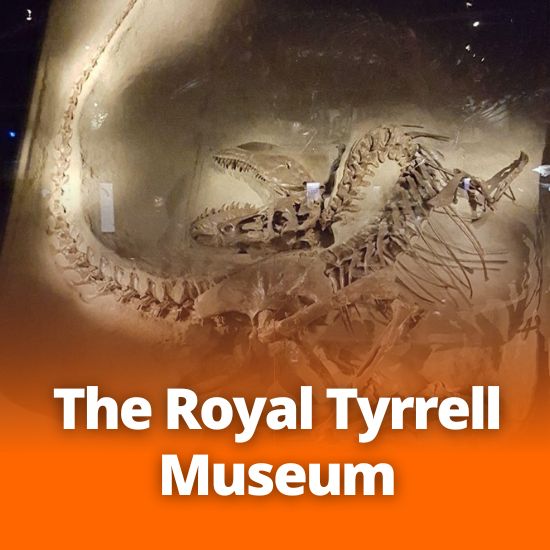
The Royal Tyrrell Museum
Tucked away amongst the sands and bluffs of Alberta’s badlands is a favorite childhood school trip that continues to impress no matter your age. The Royal Tyrrell Museum of Paleontology is Canada’s only museum exclusively dedicated to the study of ancient life and features the world’s largest display of dinosaurs, as well as other fossils and historical remnants.
Location and Admission
1500 N Dinosaur Trail,
Drumheller, AB
(6 km (4 mi) northwest of Drumheller, AB Hwy. 838)
Hours
May 15 – August 31, Seven days a week
9 a.m. – 9 p.m.
September 1 – May 14, Tuesday to Sunday (Closed Mondays, except holiday Mondays)
10 a.m. – 5 p.m.
Admission (as of April 2024)
Adults (18-65) – $21
Senior (65+) – $14
Youth (7-17) – $10
Children (6 and under) – Free, but still require ticket for entry
Family groups (2 adults plus their children ages 7-17) – $50 group entry (max of 8 members)
*Pets are not allowed inside the museum aside from properly registered and recognized service dogs.
The Museum is operated by the Government of Alberta under the Ministry of Arts, Culture and Status of Women.
History
Opened to the public on September 25, 1985, the Royal Tyrrell was named after Joseph Burr Tyrrell, a geologist with the Geological Survey of Canada, who found the 70-million-year-old skull of a carnivorous dinosaur on August 12, 1884. The find, the Albertosaurus sarcophagus (“flesh eating lizard from Alberta”), was named in 1905 by American Museum of Natural History paleontologist Henry Fairfield Osborn.
The find was so significant, naming the museum after Tyrrell was a no-brainer (the ‘Royal” appellation was later added in 1990). Originally, the museum was only planned to serve as a scientific facility, but the plans changed to include a large public gallery and display area that now attracts more than 430,000 visitors every year!
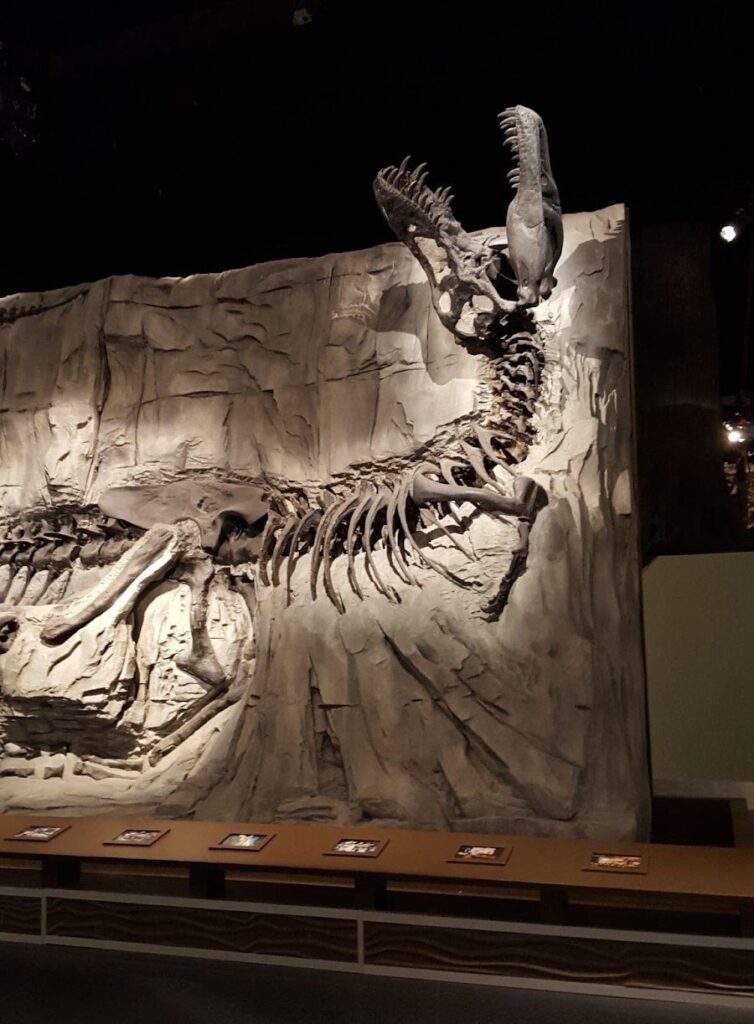
Exhibits
We celebrate the wonder of discovery. By connecting people with the history of life on Earth through Alberta’s fossil record, we inspire curiosity, shape perspectives, and deepen the understanding and appreciation of natural history. – Royal Tyrrell Museum’s Mission Statement
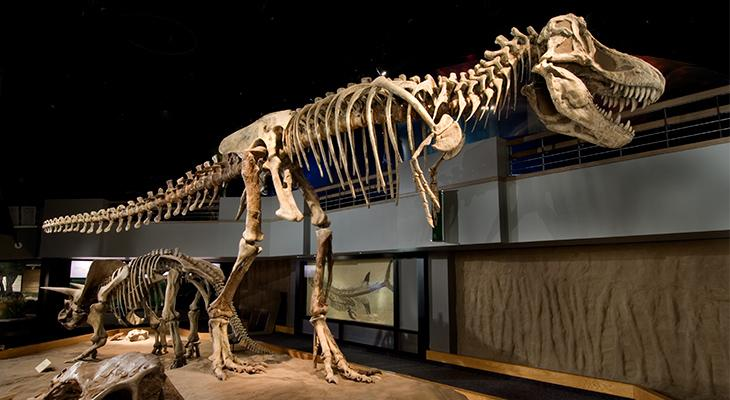
They “offer a wide variety of creative, fun, and educational programs to bring the prehistoric to life.” Not only are they hosts to one of the world’s largest collections of dinosaurs, and world-renowned for their exhibits and education programs, but they are also a center for paleontological study!
Go back in time and check out the Cretaceous Garden or watch technicians at work as they excavate fossils from stone in the Preparation Lab, and get up close to the remains of a T-Rex and wonder at the size of the might of the once King in Dinosaur Hall.
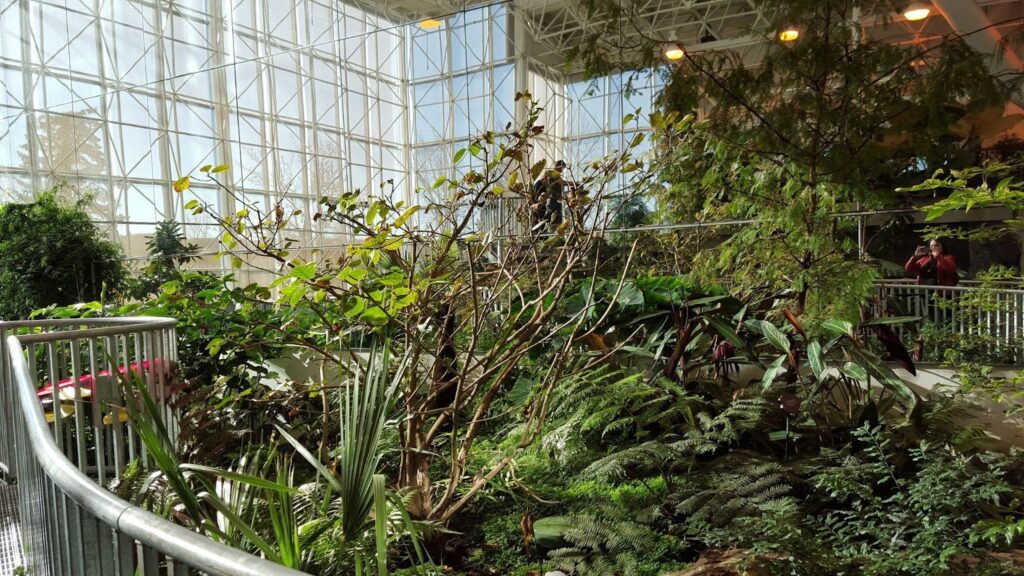
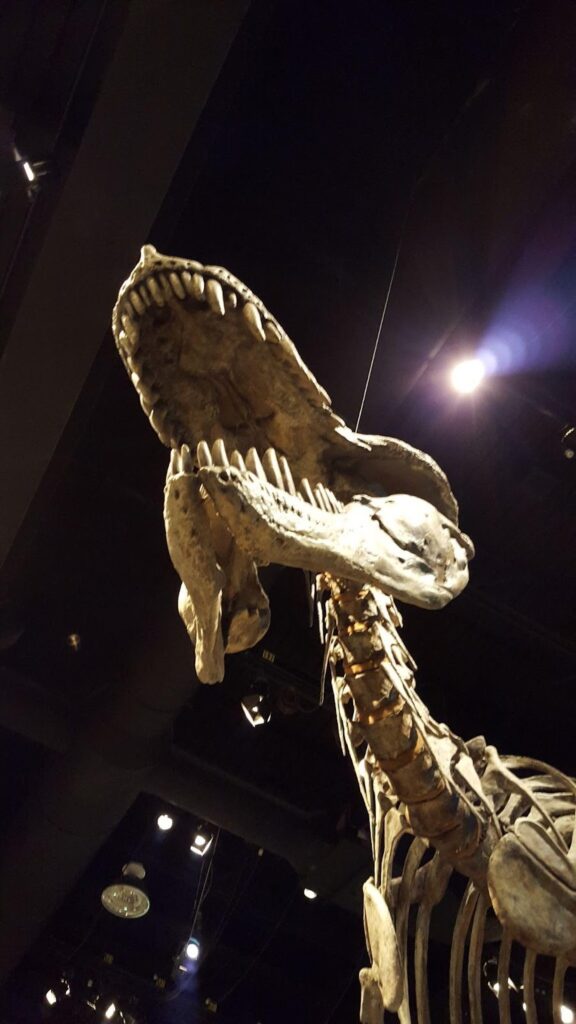
There’s also an interpretative trail looping through Midland Provincial Park if you’d like to stretch your legs under the badland’s sun. The trail takes about an hour to walk and can be a great breath of fresh air before you get back on the road to your next destination. Dogs are welcome to join you as long as they remain on the leash and you clean up after them. (Note that drones are not permitted to take off or land in a provincial park or recreation area)
Research and Conservation
Our mandate is to be an internationally recognized public and scientific museum dedicated to the collection, preservation, protection, presentation, and interpretation of palaeontological history, with a particular emphasis on Alberta’s rich fossil heritage. – Royal Tyrrell Museum’s Mandate
The beautiful thing about the RTM, beyond its delightful exhibits that all ages enjoy, is the science. A host of paleontologists call the Royal Tyrrell home, and the ever expanding collection is held for research and scientific enquiry. In fact, only half of 1% of the full collection is on display at a time! The total collection contains more than 160,000 fossil vertebrates, invertebrates, plants, and geologic specimens. They add about 3,000 specimens each year.
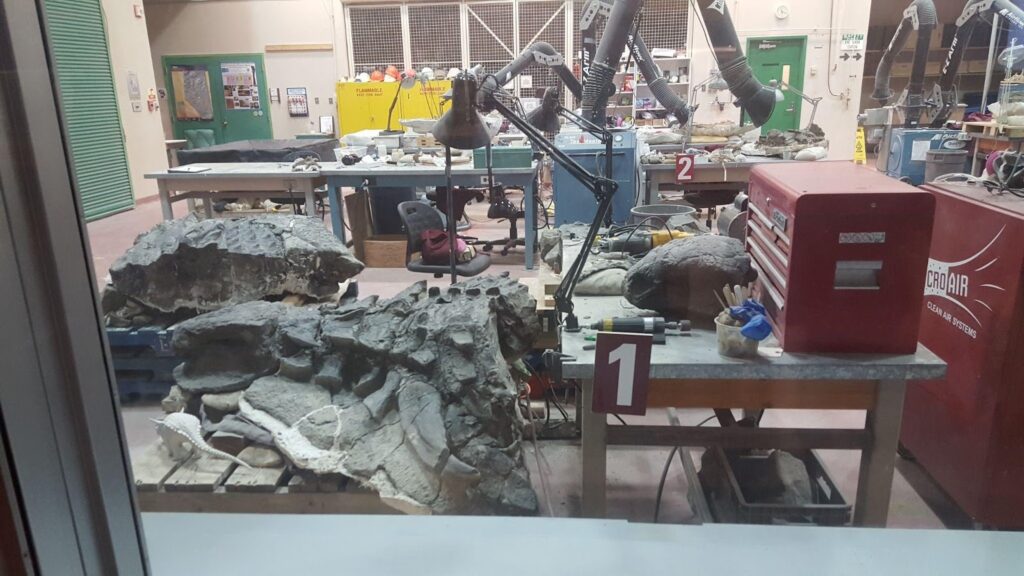
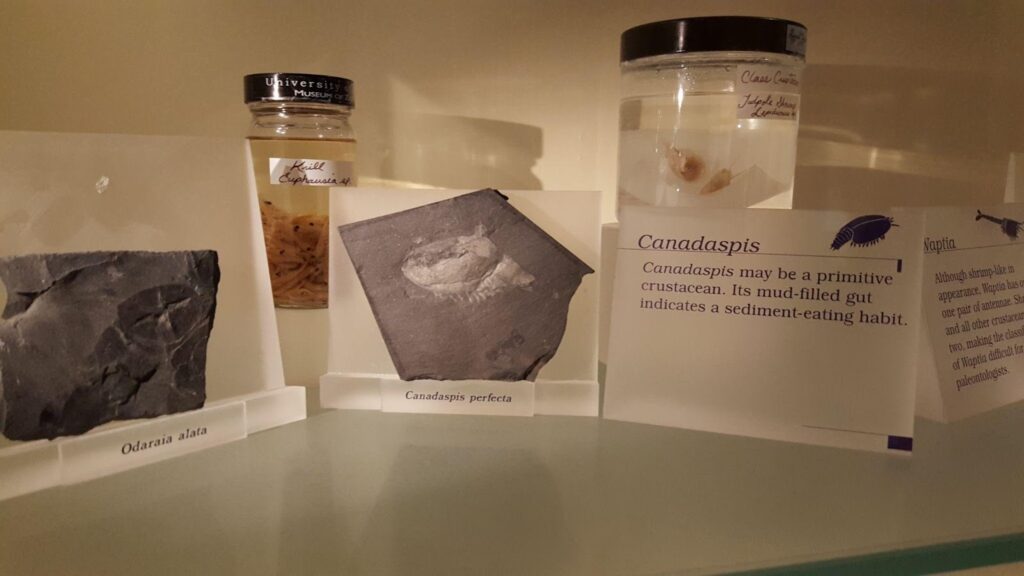
The Museum aims to be a centre of scientific wonder, highlighting the significance of Alberta in a global context, with the goal to inspire passion in science while fostering an understanding of the past, and “nurturing stewardship of our changing planet.”
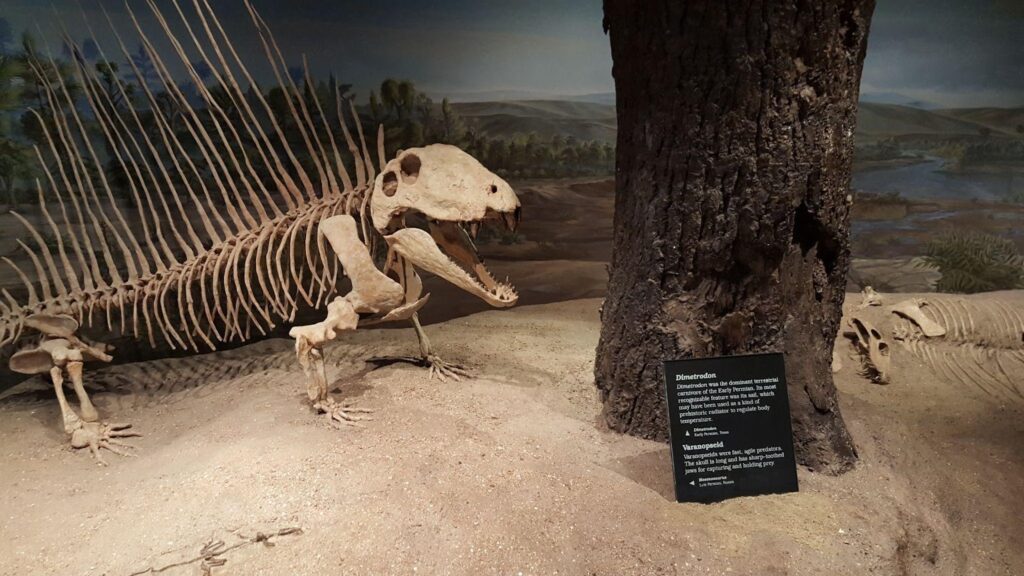
Will you be making a trip to the museum next time you’re cruising the badlands?
